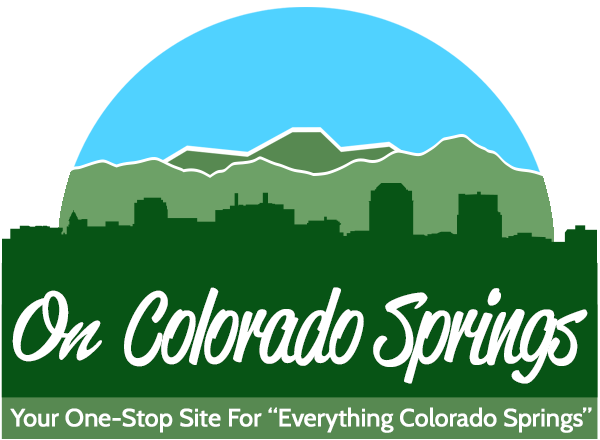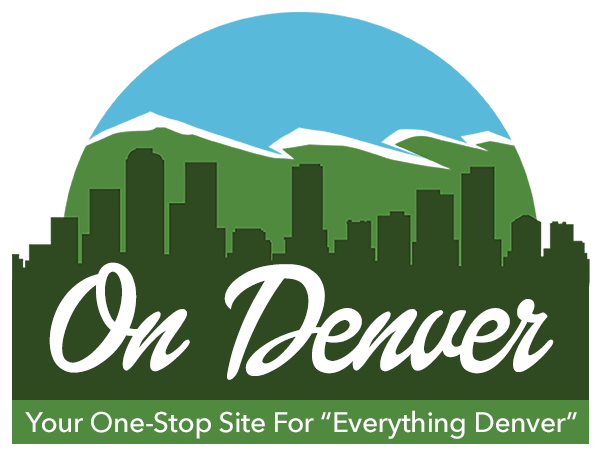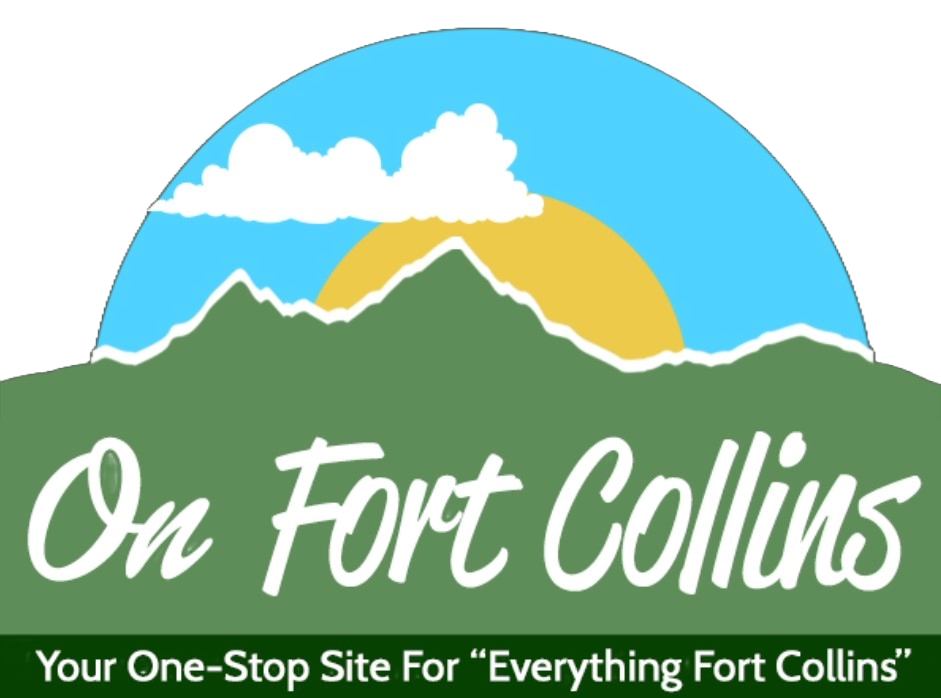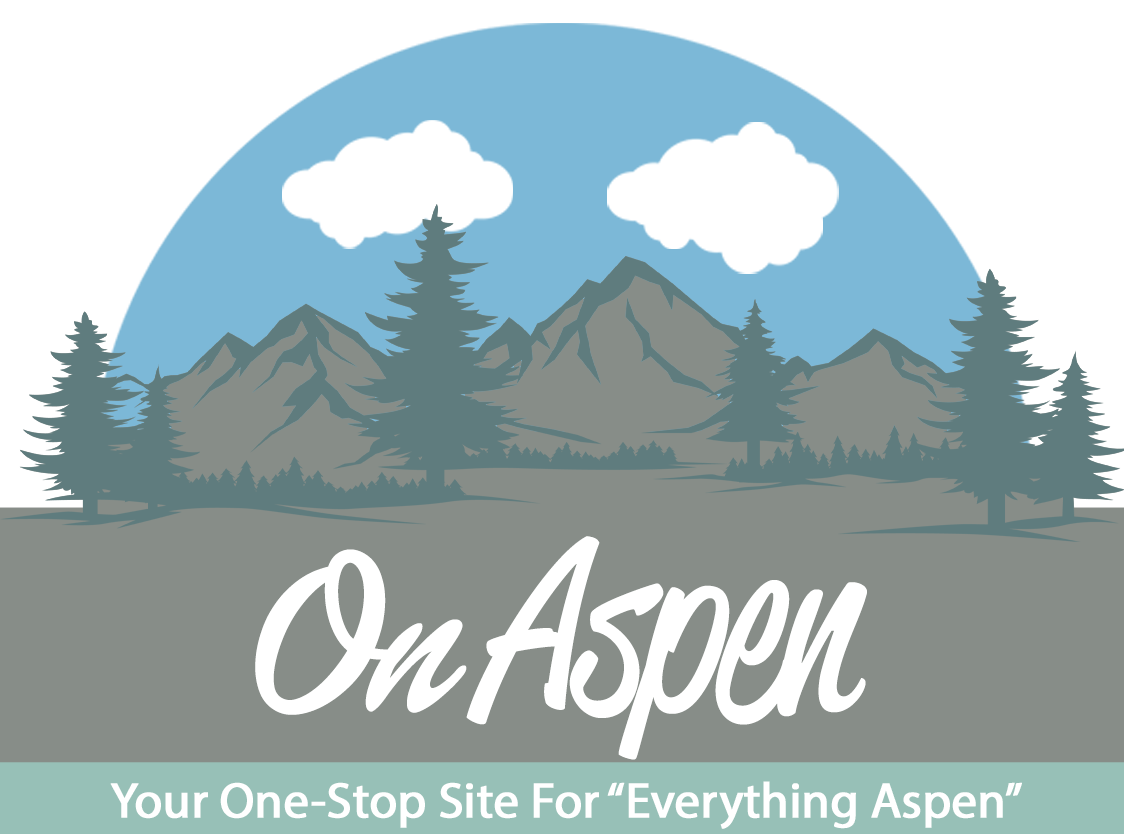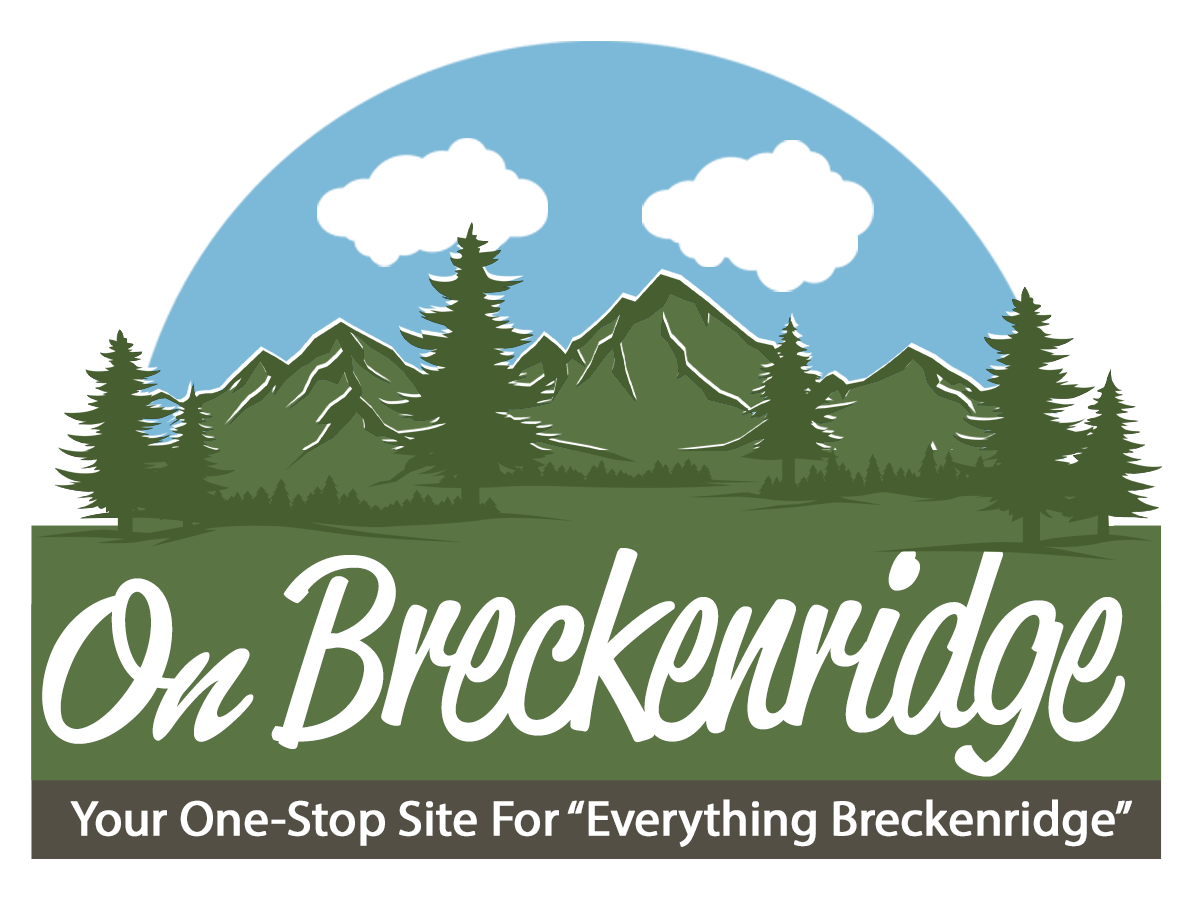Camping Strategies for Your Health and Safety
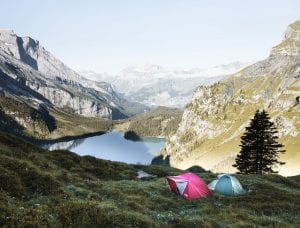 It’s almost summer, a time for outdoor activities including sleeping in the great outdoors. Camping helps us refresh our mind and soul. There’s nothing better than seeing the wilderness wake up as the sun lights up the sky!
It’s almost summer, a time for outdoor activities including sleeping in the great outdoors. Camping helps us refresh our mind and soul. There’s nothing better than seeing the wilderness wake up as the sun lights up the sky!
Camping requires some preparation to keep you warm, safe, and healthy. If you are planning a camping trip this year, keep in mind these essential health and safety tips.
Assess your fitness level. If you are planning a particularly strenuous trip, make sure you are fit enough to withstand the strain of the journey. You may want to consider working with a fitness professional before you go on a particularly strenuous trip, especially if you aren’t physically active now.
Arrange for plenty of water. If you are traveling to a campground, make sure that water is available. If not, you’ll need to pack your own water or a water purification kit. Water is critical for hydration, particularly at higher elevations or in hot climates. A good rule of thumb is to have at least 2 liters of water per day, per person.
Bring a first aid kit. It is nearly impossible to be outdoors without incurring scratches, cuts or bruises. Proper and timely use of antiseptic lotion can heal wounds and reduce the risk of infection. For a complete list of first aid essentials, click here.
Protect yourself from sun and insects. Take lip balm and sunscreen to shield your skin from harmful UV rays. Sunglasses are a must, as well as a long-sleeved shirt and long pants. Insect repellent will keep those biting bugs from bothering you. If you don’t want to use chemical sprays like DEET, consider these options for keeping bugs at bay:
- Burn sage in your campfire. Bugs don’t like the scent of sage and will stay away.
- Make your own repellent with any of these natural oils: citronella, clove, lemongrass, rosemary, tea tree, cajeput, eucalyptus, cedar, catnip, geranium, lavender, mint.
- Try a mosquito repellent bracelet. They are natural, safe and reusable.
Be wild animal savvy. You should know before you go what to do in the event of a wild animal encounter. Visit Active.com for wild animal safety tips.
If you are a new camper, it’s important to plan ahead. You can find books and websites with checklists and other valuable tips for a safe camping trip.
Ready to go? Check out REI’s camping directory here, and happy camping!
